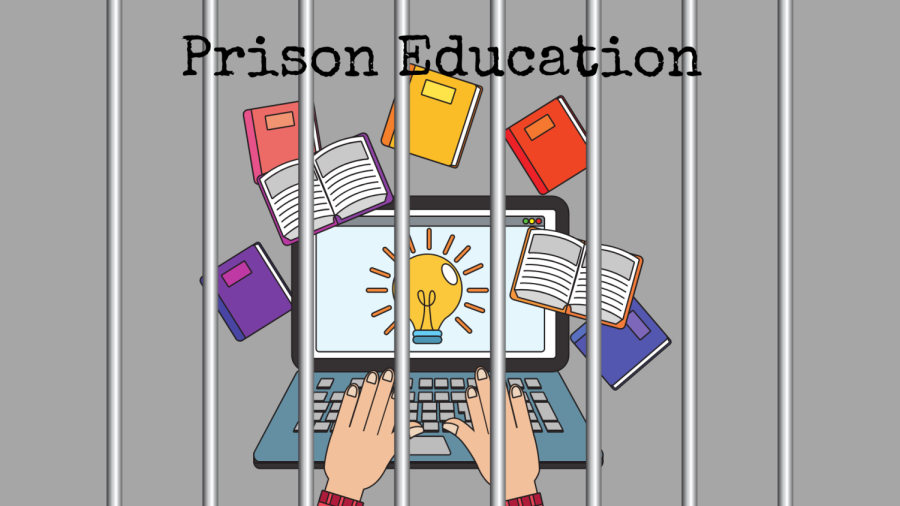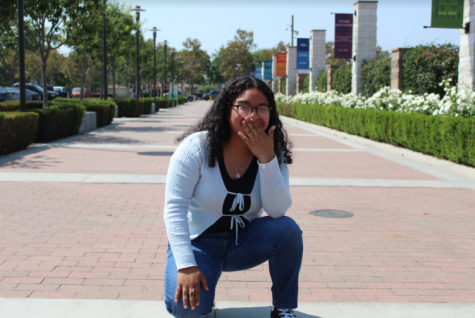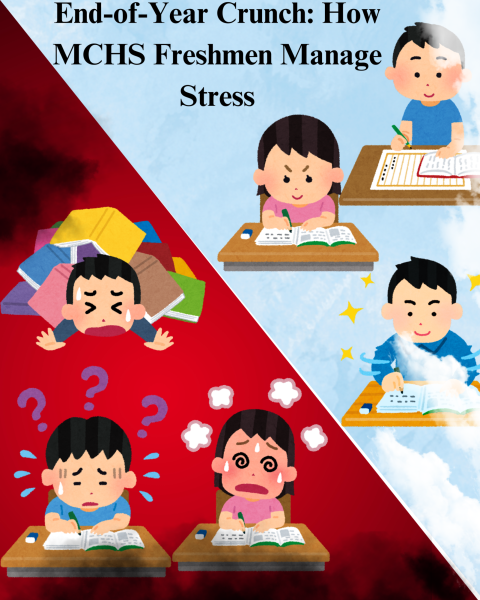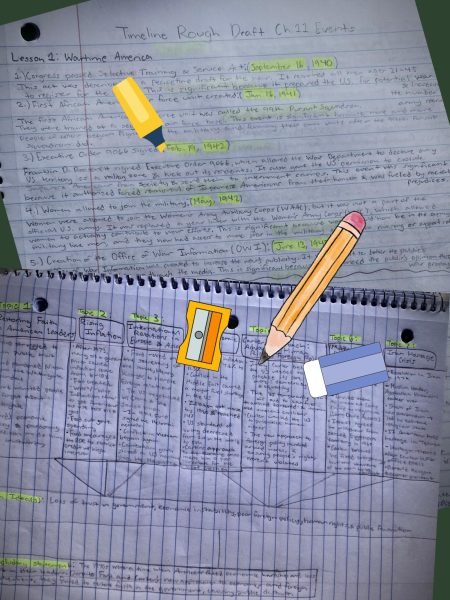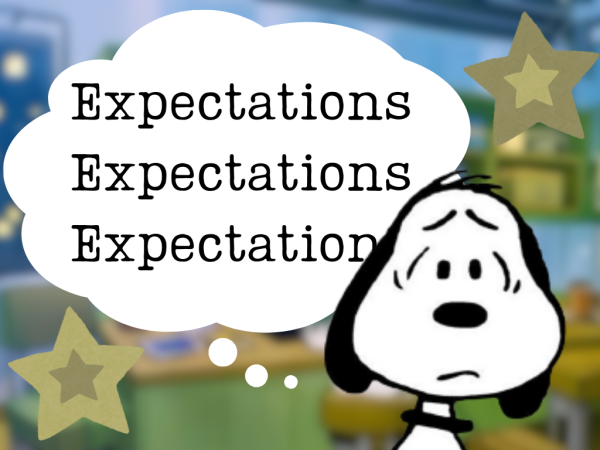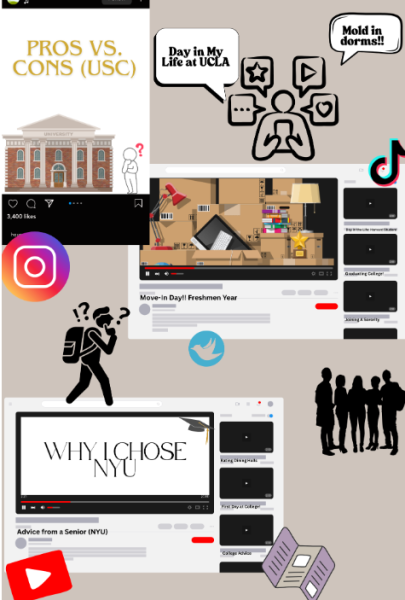Education goes behind bars: Prison education programs
Maria Alegria (made with Canva)
Prison education programs help prisons start and continue their educational journey.
When people get incarcerated, their whole life gets put on pause. They are outcast from the world and forced to live in a cell. With their freedom they lose the privilege of education but now, there are programs trying to solve this problem.
There are many prison education programs that have a shared goal of helping prisoners and bettering their education. California Polytechnic Pomona University has one of these programs.
“PEP was founded in 2011. And what we decided to do is to bring knowledge into the prisons. But the knowledge that’s not remote knowledge, knowledge that is right in the backyards of these prisons,” Professor Renford Reese said, who is the director and head of the Prison Education Project (PEP) at Cal Poly Pomona.
He is referring to the institutions; colleges and universities that surround the prisons.
“In the state of California, we have 34 prisons, and every prison has a community college and university within a 30-mile radius,” Reese said.What unites the higher education institutions and the prisons are programs like these. PEP is not like typical education programs in which professors just go into lectures. PEP brings students of all majors into the prisons to share what they have learned from the classes that they’ve taken.
Reese said,“Those are the classes that you’re taking every semester, so take you [college student] with this knowledge base, and bring you into the prisons, and let you expose what you’re learning with these in-custody individuals.”
Johana Roque is a graduating senior at the University of California Irvine who is also a session leader at PEP.
As a leader she is in charge of assigning people tasks such as a specific lesson. Each lesson must be composed of power, love, and authenticity, Roque said. They aren’t teaching a regular group of people but ones who have lost hope or have been through the unimaginable.
“In February 2020 I met Dr. Yusef Salaam of the Exonerated Five and I recall I told him about PEP and asked him for advice and he said, ‘You need to humanize them through your time.’ I like to believe that is what I do,” Roque said. “I give them my time in hopes they feel valued and seen. My purpose in PEP is to give as much as I can, I never want or expect anything back – I only hope they choose to remain with PEP.”
The people who form part of PEP are there to help the inmates and help them in their educational path but this could not be achieved without the Pell Grant.
The Prison Education Program can be found on 14 of the CSU campuses. Other universities have their own version of the program such as Project Rebound which is for formerly incarcerated students. And these programs are offered through the Pell Grant in about 200+ universities according to the U.S. Department of Education.
The Pell Grant was not always available for inmates which can lead to issues regarding enrollment.
During Bill Clinton’s presidency, an act known as the Violent Crime Control and Law Enforcement Act of 1994 was made into law. This act was created to help reduce violent crimes at the time which have been thought to be linked to the cocaine epidemic at the time according to Vox.
This act was very one sided and only helped a portion of the population and left the inmates themselves out of the picture because it relocated funds from the prison education programs into law enforcement and more.
However, these education programs made it easier for prisoners to stay out of trouble once they’re released because they go back with an education and plans for their future. Getting back on their feet after being in prison is made easier with these programs.
“I believe if people gave PEP a chance they would see the beauty in what America deems to be so ‘ugly,’” Roque said.
According to the Journal of Correctional Education 55(4), only 25% of inmates who receive an education during their time in prison return, which means that the majority do not.
In the Prison Education Program there is more than just the benefit of an education for the inmates but the privilege of a possible reduced sentence. There are credits called, “milestone credits” which are credits accumulated after the completion of the program.
“So let’s say you have a two year sentence, and you complete a class that milestone credit says you get two weeks off of your sentence. So you’re getting you’re going home two weeks early, and that’s that’s a real incentive for the people serving time on the inside,” Reese said.
For some inmates, it is their first time taking the time to learn and indulge in education.
“It has inspired them to, to study to read, because on the streets, you take these gangbangers in L.A., they’re grinding on the streets, and they’ve not really sat down to read a book. And the first time they read a book is when they’re in the penitentiary,” Reese said.
Programs like PEP help these inmates start or continue their academic journey while in the facilities. They give inmates a second chance at their education and the education gives them a second shot at life.
“Education is a privilege but in America, it has also become an important part of the culture. A large sum of people believe that education is the path to success and if that is true why would we deny a group of people this opportunity to succeed,” Roque said.
































